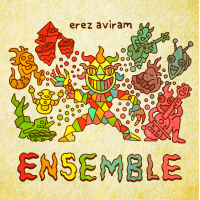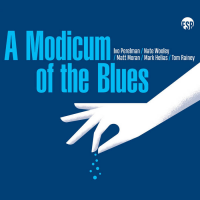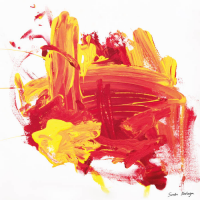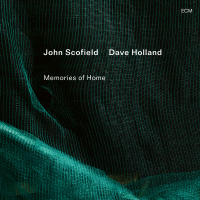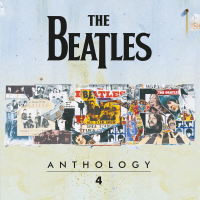Home » Jazz Articles » Album Review » Thomas Stronen: Lucus
Thomas Stronen: Lucus
There's a chamber appeal to this music. That's only natural given the use of the violin, cello and double bass. But this music is much more than that. It's an inspired yet moving expression of Norwegian chamber jazz.
All the compositions are beautifully captured by Engineer Stefano Amirio.
The album begins with "La Bella." Here the music floats, accented by Strønen's playful rumblings beneath the minimalist arc of the composition. "Friday" rotates around Ayumi Tanaka's piano motif, augmented by bassist Ole Morten Vågan and cellist Lucy Railton. Subtle bird-like sounds emanate from violinist Hakon Aase.
"Release" suggests another Eliot line, "Or your shadow at evening, rising to meet you." Aåse and Railton play over Vågan's rumblings and the quiet brushwork of Strønen's cymbals. Piano and violin pick at notes while the cello emphasizes legato lines. The bass emerges with a brief solo and then the piano takes over. There's a sense of ascension—a gentle "rising to meet you" in the music.
The title cut offers up a flowing dance. The music moves like water flowing down a ravine. If ever there was music for exploration, this is it. Other pieces like "Islay" and the oddly metered "Truth Grows Gradually" offer similar feelings of transport. This traveling effect is probably most noticeable on "Wednesday." Here, Tanaka's lyricism drives the folkish nature of the piece, under-girded by Vagan's soft playing. Strønen provides gentle movement and accents. There are distant refrains by the violin. As the music progresses, Vågan emerges with lines that drive the music forward. Pizzicato plucks by the violin add accent. The piece evolves into a spinning whirlwind, as bass and cello unite alongside Strønen's ethereal percussive effects.
In "Fugitive Places," one can hear sadness in the whale cries from the violin over the somber dirge-like bowing of cello and bass. The composition then moves to the piano—where Tanaka offers up a poetic refrain.
Sometimes the shoreline is turbulent. "Baka" and "Tension" both explore jagged contours of sound and syncopation.
The final track, "Weekend," reflects Eliot's line: "At the violet hour, the evening hour that strives Homeward, and brings the sailor home from sea...." The piece sets sail for a distant shore. Violin and cello play in unison over a punchy bass line. The drum supplies airy cymbal work. The piano joins in with lines and flourishes. Then the piano and cello move forward in a sweeping arc and the entire effect is one of being transported homeward.
Like the wind and surf, the music on Strønen's Lucus will take you where it will. Recommended.
Track Listing
La Bell; Friday; Release; Lucus; Fugitive Places; Baka; Wednesday; Tension; Truth Grows Gradually; Islay; Weekend.
Personnel
Thomas Strønen
drumsThomas Strønen: drums, percussion; Ayumi Tanaka: piano; Hakon Aåse: violin; Lucy Railton: violincello; Ole Morten Vågan: double bass.
Album information
Title: Lucus | Year Released: 2018 | Record Label: ECM Records
Tags
PREVIOUS / NEXT
Support All About Jazz
 All About Jazz has been a pillar of jazz since 1995, championing it as an art form and, more importantly, supporting the musicians who make it. Our enduring commitment has made "AAJ" one of the most culturally important websites of its kind, read by hundreds of thousands of fans, musicians and industry figures every month.
All About Jazz has been a pillar of jazz since 1995, championing it as an art form and, more importantly, supporting the musicians who make it. Our enduring commitment has made "AAJ" one of the most culturally important websites of its kind, read by hundreds of thousands of fans, musicians and industry figures every month.














